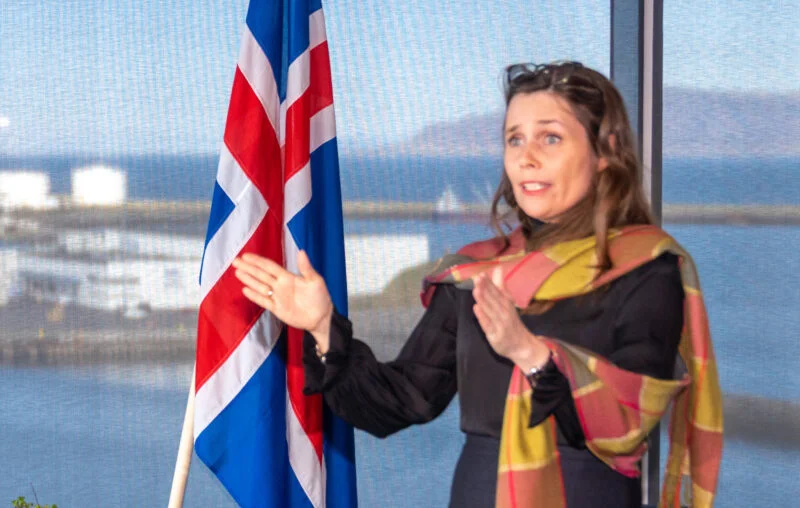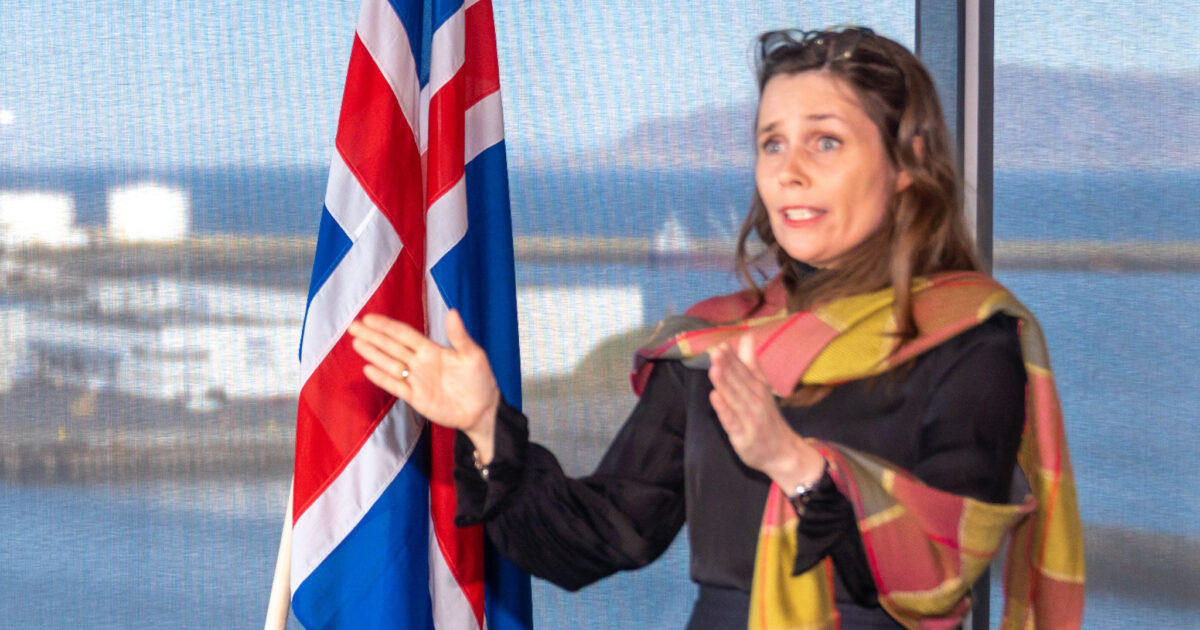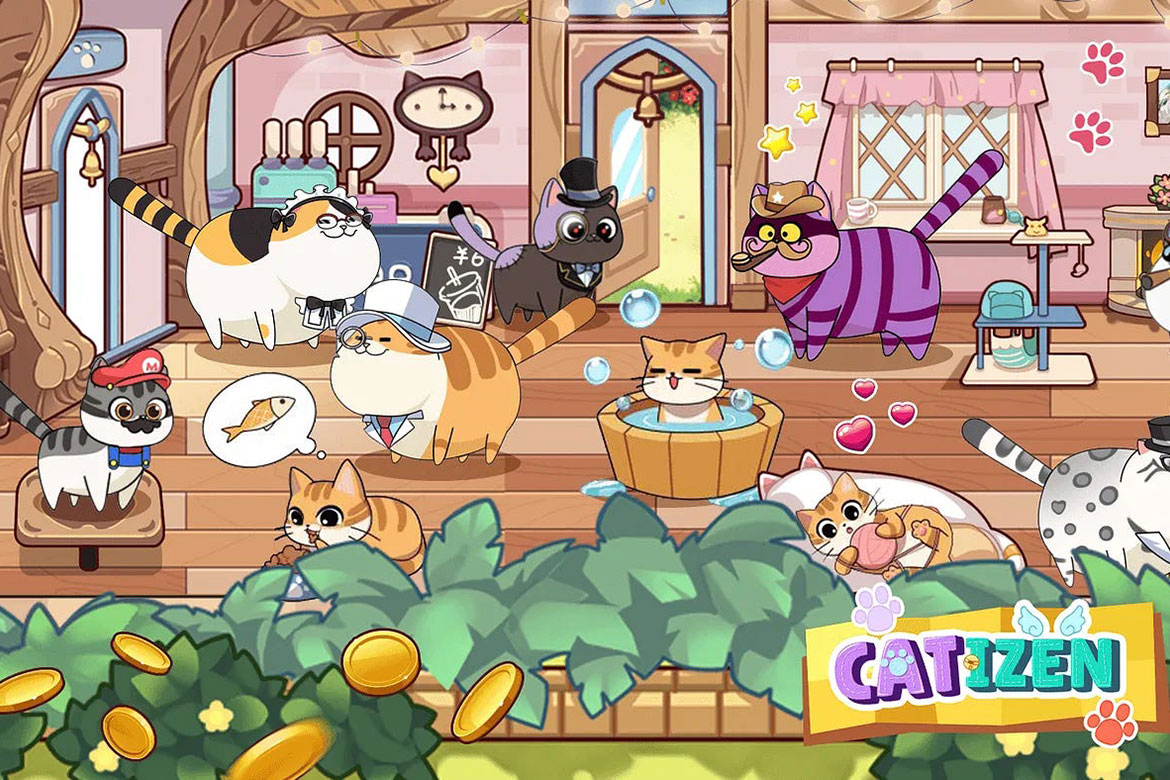
In a throwaway line of green marketing for her country, Iceland’s Prime Minister Katrín Jakobsdóttir told the Financial Times in late March that her mid-Atlantic island is using its abundant energy not for bitcoin mining but for … the cultivation of corn (!) must use.
Praising food sovereignty in a world of energy crises and supply chains and wars, she extended her current affairs talking point bonanza by saying that “bitcoin is a global issue,” that “data centers in Iceland are a significant part of our green energy use. ,” and that under a new energy plan for the future, bitcoin would have no part of it.
We can learn a lot about trade, energy, agriculture, bitcoin mining and political grandstanding from Ms. Jakobsdóttir’s statements, so let’s dig in.
First, if you haven’t understood what bitcoin does, how bitcoin mining machines (“ASICs”) secure the network, or why it matters to the world, any energy its computers, mining machines, or hardware wallets consume will be wasted seems you. But that’s beside the point: Western liberal democracies don’t allocate electricity according to the use cases their current officials find useful, but rather let individuals pay for the needs they find valuable – think of all that Netflix binging, gaming or Christmas decorations , all of which consume similar amounts of electricity as global bitcoin mining does.
Second, the total electricity used by data centers in Iceland (only some of which mine bitcoin) was 1,169 GWh in 2021, about six percent of the country’s total consumption, or slightly more than all households combined. That use is completely dwarfed by the energy elephant in the room: the aluminum industry. Something like two-thirds of the country’s electricity (or 12,454 GWh, or 11 times all the data centers, or about 20 percent of all energy consumption, the latter a measure that also includes heating and gasoline) is spent turning imported bauxite ore into aluminum for export. It is quite profitable. The country’s three aluminum smelters contribute about as much to the Icelandic economy as its far more famous and well-publicized tourism sector.
This is also why Daníel Jónsson, CEO of GreenBlocks, a bitcoin miner, opened his opinion in the Icelandic news outlet Visir criticizing Jakobsdóttir with the proposal of a (highly overbuilt) hydro plant in Ethiopia. Stranded energy and unused electricity are magnets for bitcoin miners because they take electricity that cannot easily be used for other purposes and turn it into one of the world’s most liquid and globally transferable assets.
Jónsson notes that the principle is “not that different at all from the path Iceland started in the 1960s, when [Icelanders] decided to build power plants and export electricity… for the aluminum industry.” Although Icelanders have a lot to say about geothermal plants and damming rivers, it is undeniable that the Icelandic people live so well, thanks in part to their successful export of electricity.
Bitcoin mining is just another way of doing the same thing: turning trapped energy, with few alternative uses, into something the rest of the world wants.
Third, corn?! The central planning mindset involved here is amazing. At 64 degrees north, in a rugged landscape with few flat surfaces or arable land like the endless cornfields of the Midwest; where for eight months of the year nothing grows but glaciers and heaps of snow; where the most natural resources are fish, waterfalls and geothermal heat, do you want to grow corn?
True, just as endless money printers can make any company, organization or government survive, endless electricity can make most things happen. As a result, you can grow everything in Iceland, including local tomatoes – which litter the shops of Reykjavík – and figs and oranges and bananas – which don’t grow and instead grow at a university-run greenhouse an hour outside of town. (Iceland appears to have grown bananas since the 1950s, although they never became commercially viable, as the meager sunlight, even supplemented with artificial light, ripens a banana plant in about two years compared to a few months in South – America or Africa ).
Fourth, the economic value of trade. In his book The Myth of the Rational Voter, George Mason University economist Bryan Caplan documents how one distinction between the public and those trained in economics is the degree of reluctance to interact with foreigners—specifically, the value of foreign trade. While economists, blackboard-style, start ranting about Ricardo or comparative advantage, ordinary citizens tend to think about localism, job losses and offshoring.
Perhaps a country’s banana-hungry population can be better served by growing them with abundant local electricity, even if the climate and winter’s sparse sunshine are not suitable. Or perhaps one can get more, cheaper and better results by shipping bauxite ore from abroad, throwing two-thirds of the country’s electricity on it, shipping the resulting aluminum abroad, and finally sending other ships and planes back with fresh bananas and tomatoes.
The Financial Times journalists matter-of-factly added that “Iceland produces most of the animal products it consumes, but only 1 percent of its grain and 43 percent of its vegetables,” as if these were in any way relevant statistics. The same can be said of a city or a household (“…produces only about 1 percent of its food consumption and 5 percent of its vegetables, largely from its summer garden”); they carry no economic significance.
Take New York City. Despite the many community gardens and significant efforts by officials in recent years to support locally grown produce in the city, we can safely assume that only a small amount of food consumed in Manhattan each day is also grown there. No sane person thinks this is a problem. In integrated, monetary economies with easy access to transportation and international trade, those things no longer matter.
The economic system is counter-intuitive in that way: what may seem like utter madness to a casual observer may make perfect sense. Is it better to grow apples locally or have them shipped from New Zealand? Should Iceland grow bananas, figs and corn, or use the energy to supply about 2 percent of the world’s aluminum?
Despite Iceland’s “catastrophic” shortage of agricultural production, the country is well-supplied with grains and vegetables year-round—just as NYC residents have no shortage of fresh fruits and vegetables. The idea harks back to the Corn Law debates of the 1800s, and after the victory of free trade, Britannia explicitly relied on foreigners to feed her. Great story.
Through economic calculations and the profits and losses resulting from the price system, we can find out the answer to those questions: whether a company or activity makes a profit is the confirmation that the output was more highly valued by consumers than what went into it to make. .
But maybe we can do both? An ASIC machine is little more than a noisy space heater with some hashing processes, converting almost all the electricity it consumes into heat. If Icelandic officials wanted to grow more tomatoes, bananas or corn with the green electricity their country is so blessed with, they could simply plod a few ASICs into their greenhouses.
Imagine: you will get locally grown Icelandic vegetables and secure the world’s largest digital monetary network. Perhaps the block subsidy earned by these bitcoin miners could pay for a Bitcoin research staff at the Prime Minister’s office.
Disclaimer for Uncirculars, with a Touch of Personality:
While we love diving into the exciting world of crypto here at Uncirculars, remember that this post, and all our content, is purely for your information and exploration. Think of it as your crypto compass, pointing you in the right direction to do your own research and make informed decisions.
No legal, tax, investment, or financial advice should be inferred from these pixels. We’re not fortune tellers or stockbrokers, just passionate crypto enthusiasts sharing our knowledge.
And just like that rollercoaster ride in your favorite DeFi protocol, past performance isn’t a guarantee of future thrills. The value of crypto assets can be as unpredictable as a moon landing, so buckle up and do your due diligence before taking the plunge.
Ultimately, any crypto adventure you embark on is yours alone. We’re just happy to be your crypto companion, cheering you on from the sidelines (and maybe sharing some snacks along the way). So research, explore, and remember, with a little knowledge and a lot of curiosity, you can navigate the crypto cosmos like a pro!
UnCirculars – Cutting through the noise, delivering unbiased crypto news
















